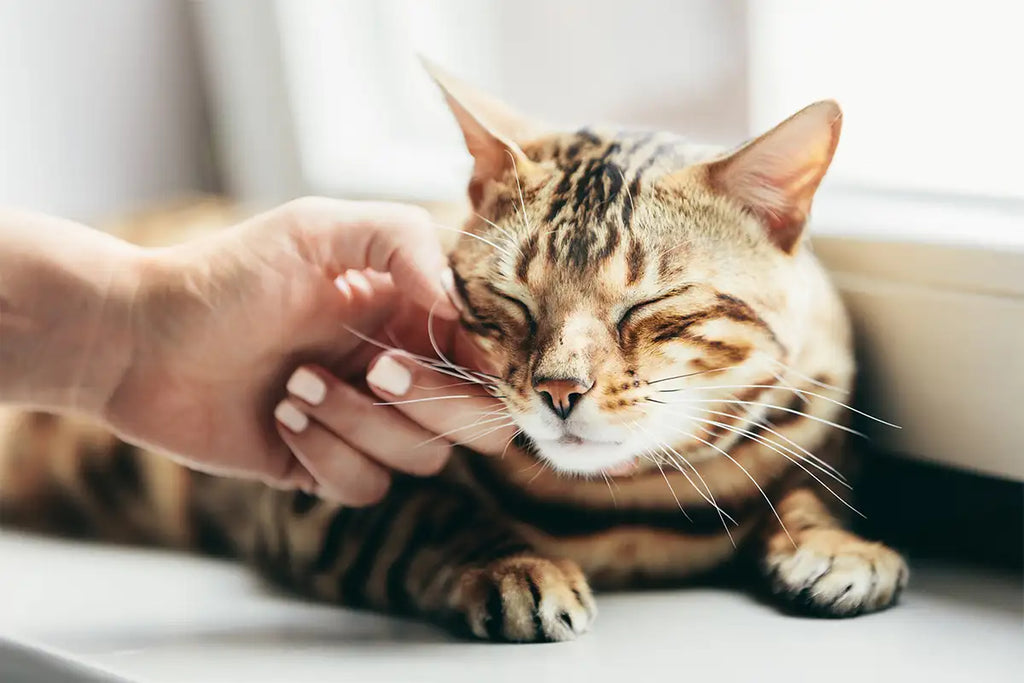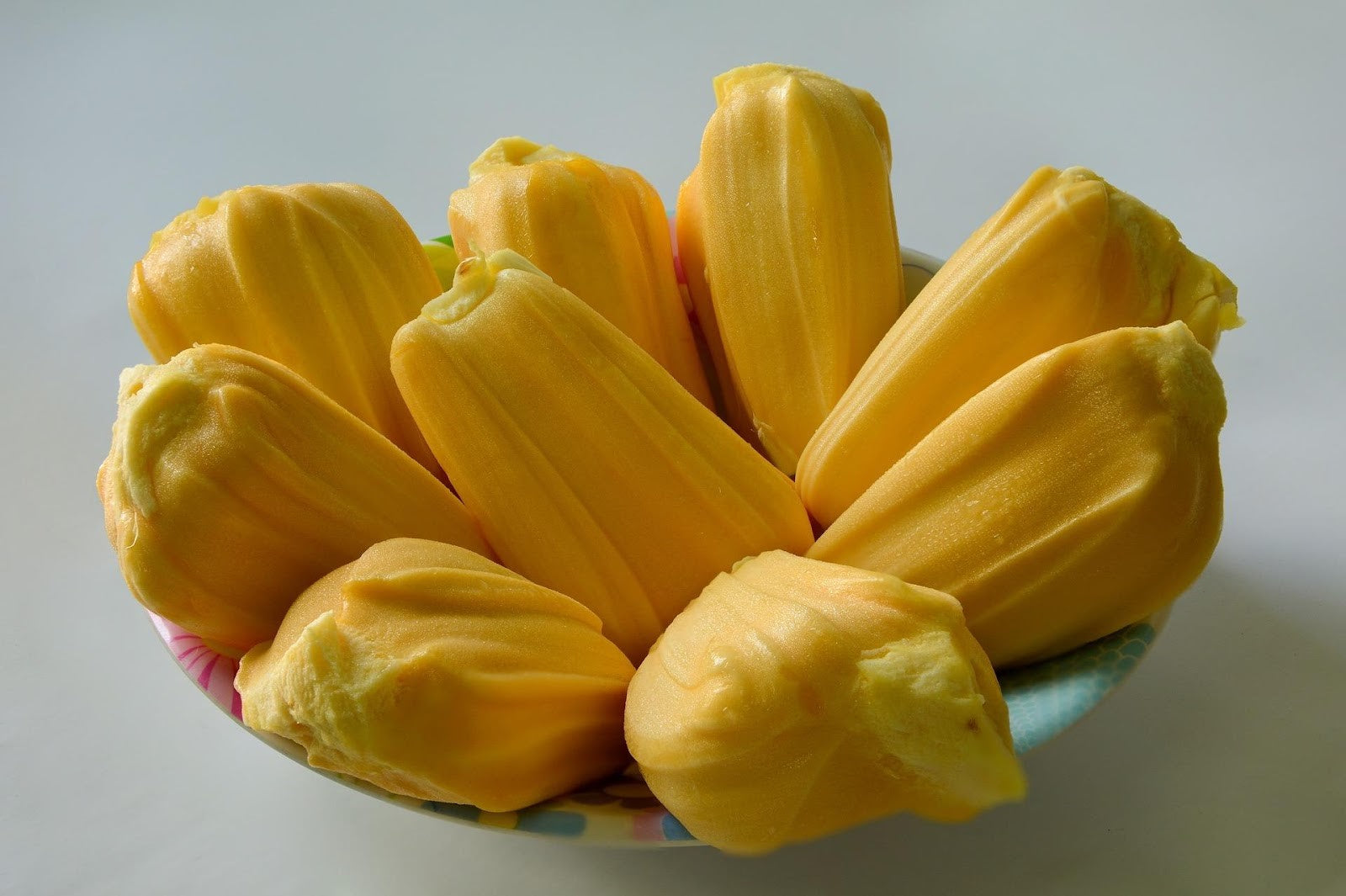
Cats have long been regarded as enigmatic creatures, captivating us with their grace, independence, and, of course, their distinctive purring. While feline purring is a common and endearing behavior, it has mystified humans for centuries. What does it mean when a cat purrs? Is it a sign of contentment, communication, or something else entirely? In this comprehensive article, we will delve into the multifaceted world of cat purring, exploring its meanings, mechanisms, and the fascinating insights it offers into our feline companions.
The Cat's Purr: A Unique Sonic Signature
Before we embark on our exploration, let's take a moment to appreciate the distinctiveness of cat purring. Purring is a vibratory sound produced by cats, typically characterized by a soft, rhythmic hum. It is generated by the rapid contraction and relaxation of the cat's laryngeal (voice box) muscles. This process creates a soothing, melodic sound that has endeared cats to humans for centuries.
The fascinating aspect of cat purring is that it occurs both during inhalation and exhalation, allowing cats to produce a continuous, nearly seamless purring sound. The frequency of a cat's purr typically falls within the range of 25 to 150 Hertz (Hz), a range known to have therapeutic effects on humans and animals.
Understanding the Many Faces of Purring
Purring is not a one-size-fits-all behavior; it varies in context, intensity, and meaning. Cats may purr for a variety of reasons, and it is essential to consider these factors when interpreting their purring behavior.
- Contentment and Relaxation
One of the most commonly associated meanings of cat purring is contentment and relaxation. Many cats purr when they are in a relaxed and comfortable environment, such as when they are curled up in a sunny spot, being petted, or enjoying a nap. This type of purring signifies that the cat is at ease and feels safe.
- Communication and Bonding
Cats also use purring as a form of communication with their owners and other cats. Kittens, in particular, purr to communicate with their mothers, indicating that they are content and in need of attention. Adult cats may purr as a sign of trust and bonding with their human companions.
- Healing and Self-Soothing
Purring may have healing properties for cats. Some experts believe that the vibrations created by purring can help cats heal from injuries or illnesses, alleviate pain, and reduce stress. Cats may purr when they are unwell as a form of self-soothing.
- Stress and Anxiety
Interestingly, cats may also purr when they are stressed or anxious. In these situations, purring can serve as a coping mechanism, helping cats calm themselves during challenging or frightening experiences.
- Hunger and Request
Cats often purr when they are hungry or want something from their owners. This type of purring may be accompanied by other behaviors like rubbing against their owner's legs or meowing to communicate their needs.
- Attention-Seeking
Some cats are adept at using purring to garner attention from their owners. They may purr persistently when they want to be petted, played with, or simply noticed.
- Illness or Discomfort
Purring can also be a sign that a cat is in pain, discomfort, or distress. Cats may purr when they are injured or unwell as a way of seeking help or comfort.
The Mechanisms Behind Cat Purring
While the meanings behind cat purring are multifaceted, the mechanisms that enable cats to produce this melodious sound are equally intriguing. Purring is a complex physiological process involving the central nervous system, the laryngeal muscles, and the diaphragm:
-
Laryngeal Muscles: The cat's laryngeal muscles contract and relax rapidly, causing the vocal cords to vibrate. This vibration produces the purring sound. Interestingly, these contractions can occur at a rate of 25 to 150 vibrations per second.
-
Central Nervous System: Purring is believed to be initiated by the cat's central nervous system. The exact neural pathways responsible for triggering purring remain a subject of ongoing research.
-
Diaphragmatic Movement: Purring is not limited to the throat; it also involves the diaphragm, the primary muscle responsible for breathing. The diaphragm moves in coordination with the laryngeal muscles, allowing cats to produce the continuous purring sound while breathing normally.
-
Healing Properties: The vibrations produced during purring are thought to have therapeutic benefits for cats. These vibrations may stimulate tissue regeneration, promote the healing of bones and soft tissues, and reduce inflammation. This explains why cats often purr when they are injured or unwell.
Cat Purring and Its Impact on Humans
Cat purring doesn't just have an impact on cats themselves; it can also benefit humans in various ways:
-
Stress Reduction: The soothing sound of cat purring has been shown to reduce stress and anxiety in humans. The frequency range of a cat's purr falls within a range known to have therapeutic effects on the human body.
-
Blood Pressure: Listening to a cat's purring may help lower blood pressure, promote relaxation, and enhance feelings of well-being.
-
Bonding: Purring is often associated with contentment and bonding in cats. When a cat purrs while being petted, it strengthens the human-cat bond and fosters a sense of companionship.
-
Emotional Support: For many people, the presence of a purring cat provides emotional comfort and support during challenging times.
-
Healing: Some cat owners report that the vibrations produced by a purring cat can help alleviate physical discomfort and pain.
Conclusion: The Melodic Mystery Persists
The enigmatic phenomenon of cat purring continues to captivate and mystify cat owners and researchers alike. While we have gained insights into the various meanings and mechanisms behind this behavior, cat purring remains a multifaceted and intriguing aspect of feline communication.
When your cat purrs, it may be a sign of contentment, bonding, or even a request for attention. It may also serve as a self-soothing mechanism or a means of coping with stress. Regardless of the specific meaning, cat purring is a testament to the deep connection and complex communication that exists between humans and their feline companions.
So, the next time your cat purrs while curled up on your lap, consider it a melodious reminder of the profound bond you share and the delightful mysteries of the feline world.



